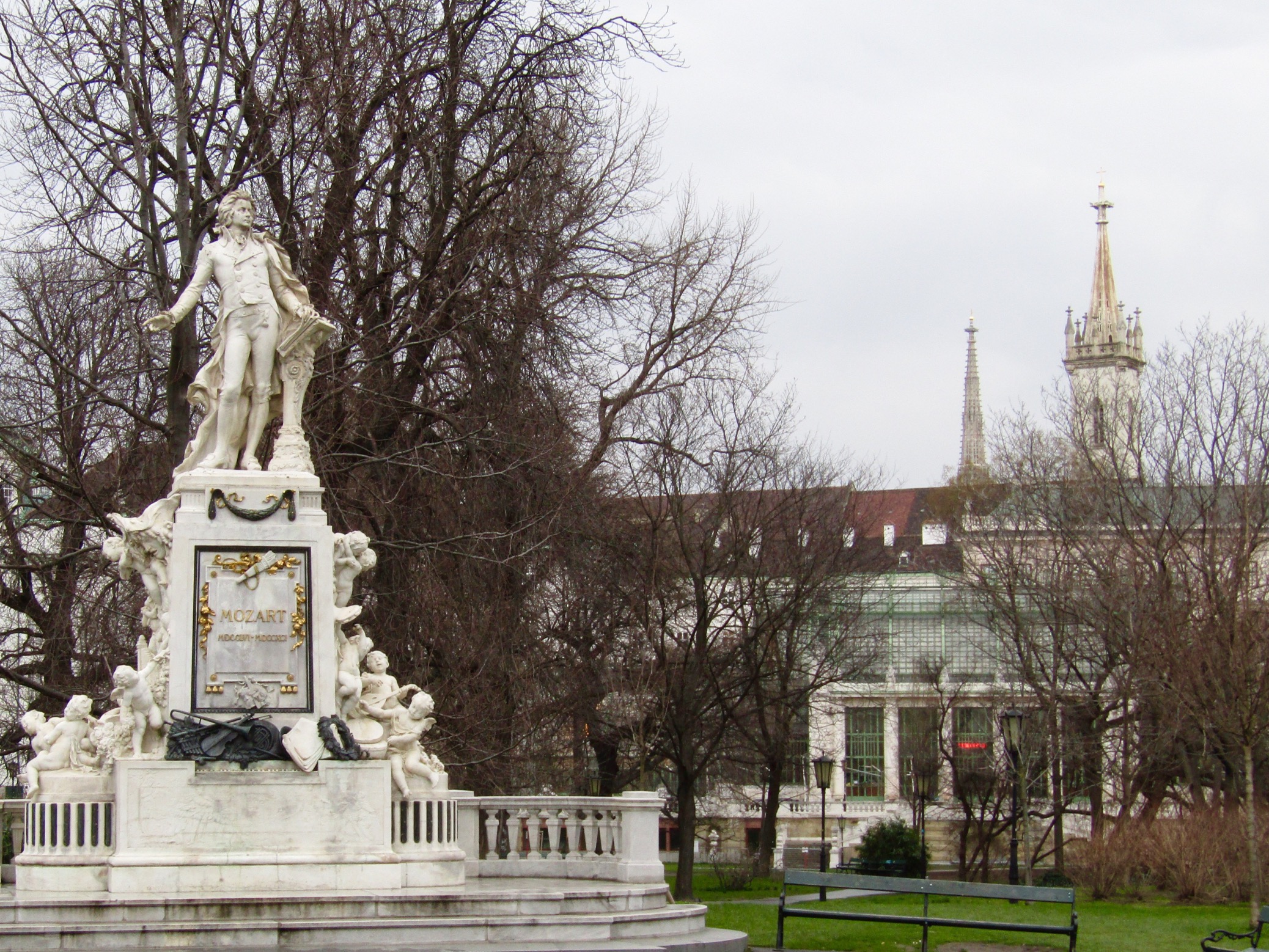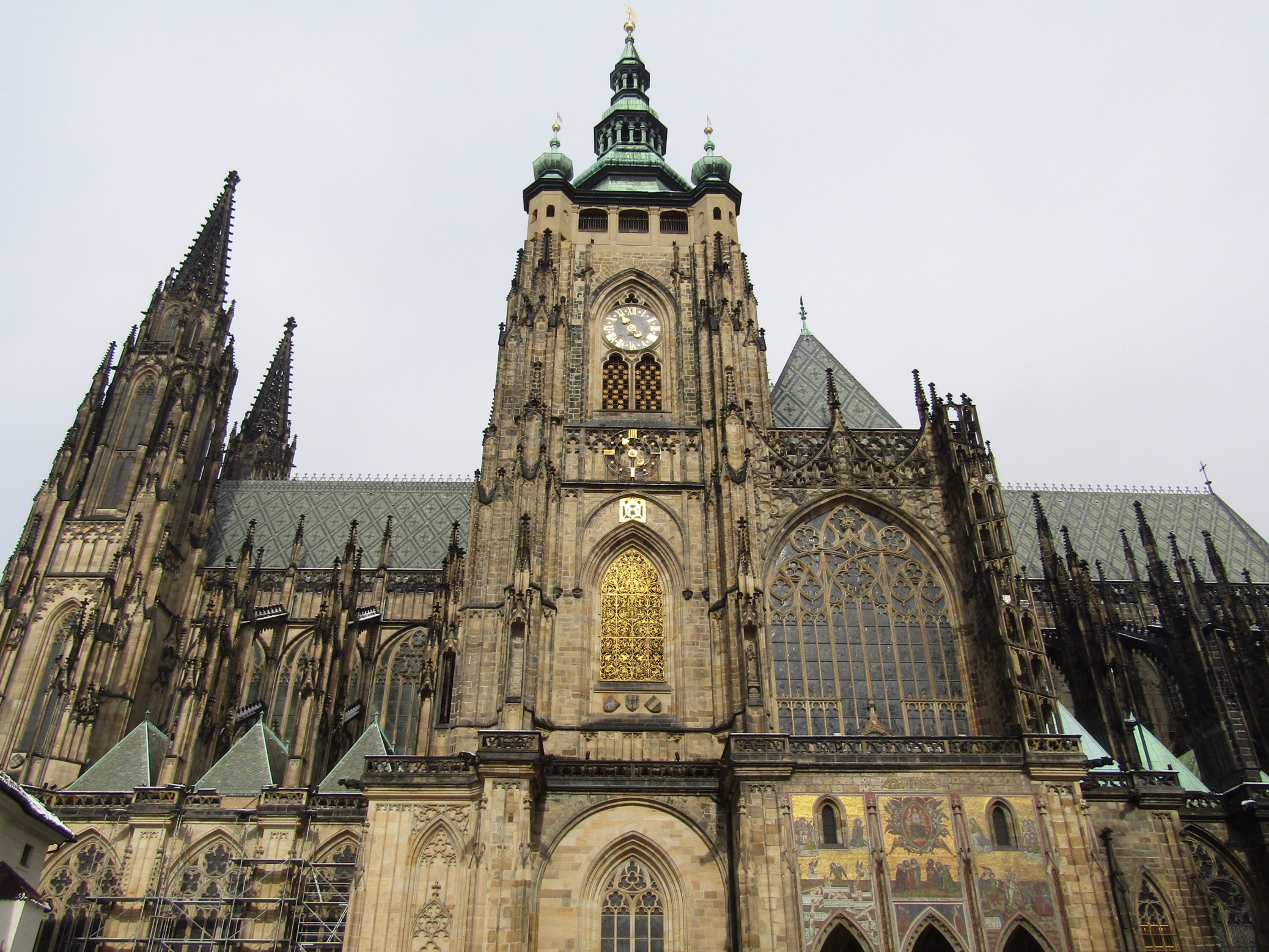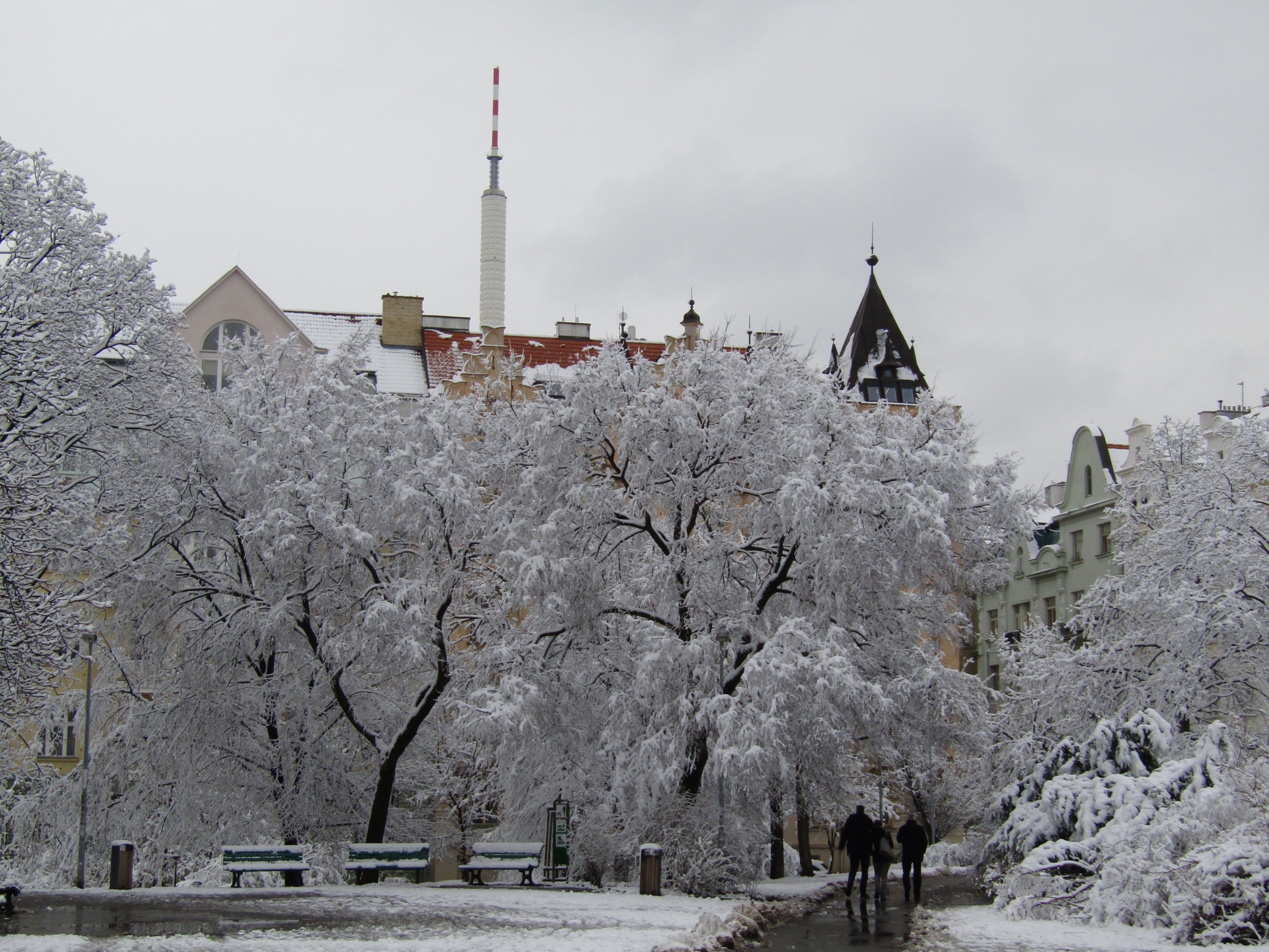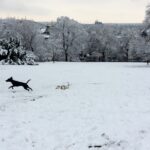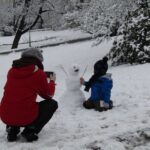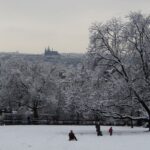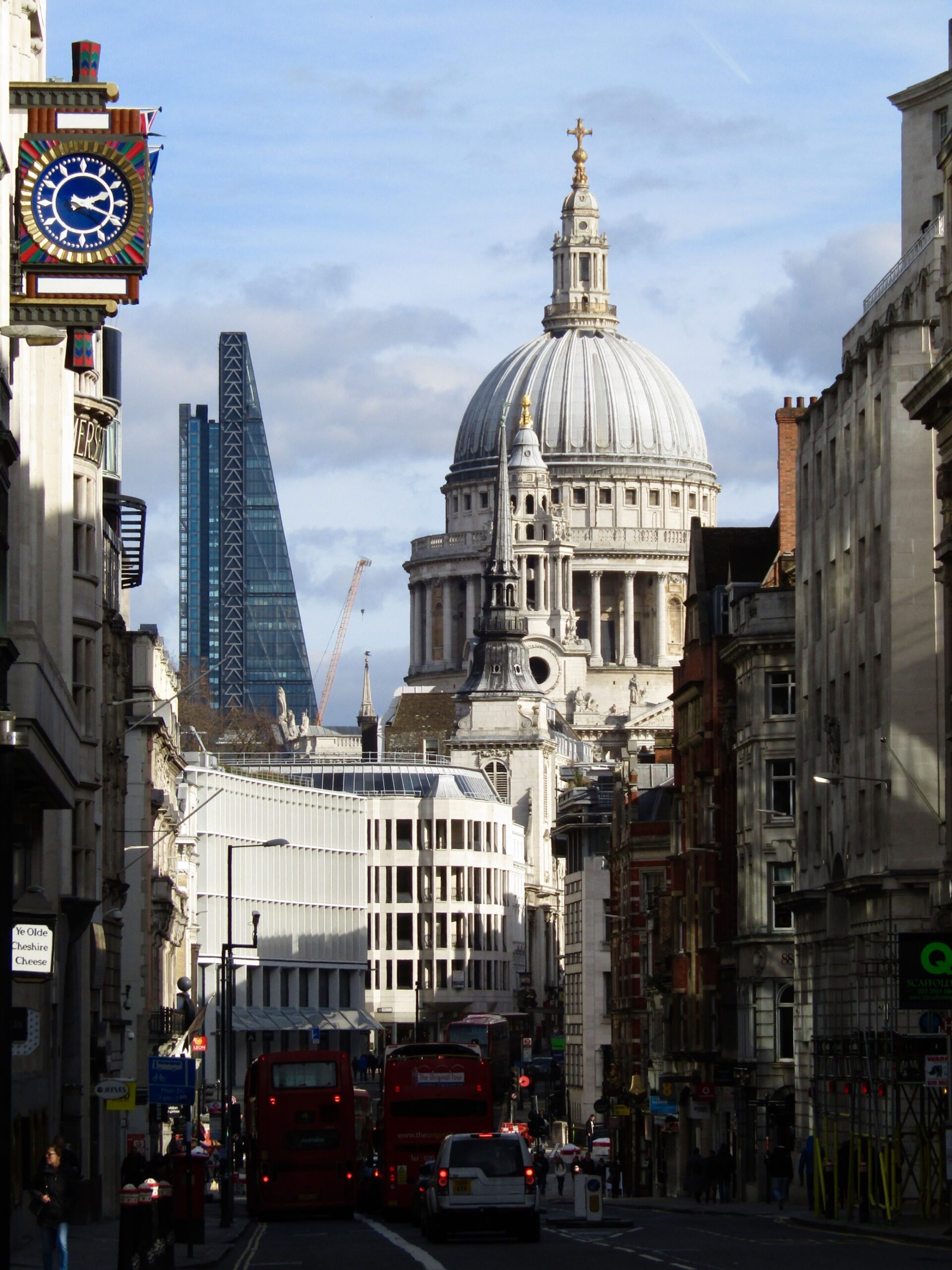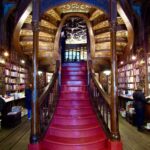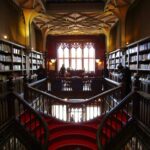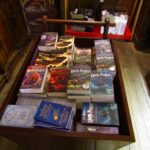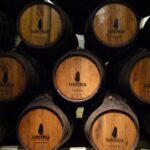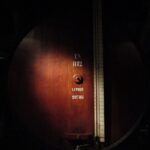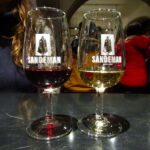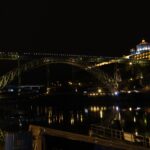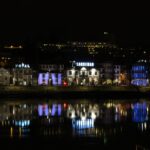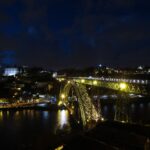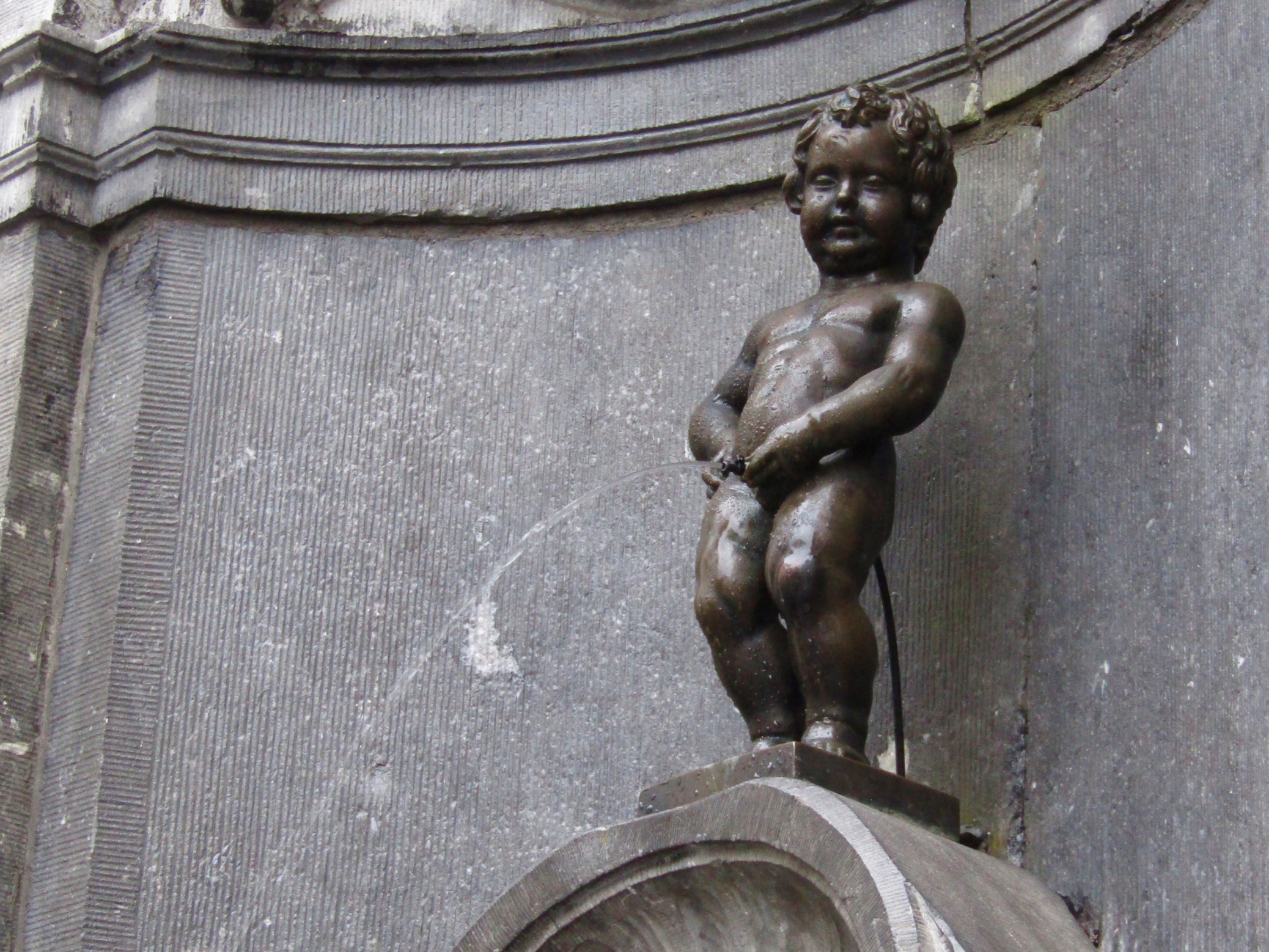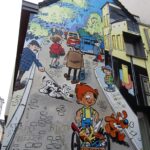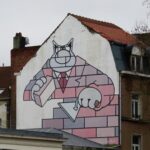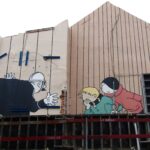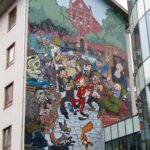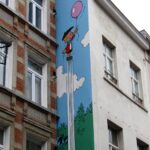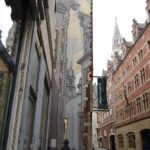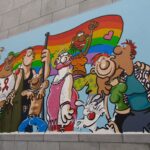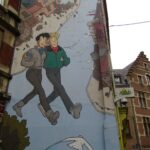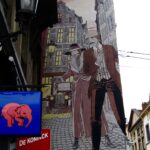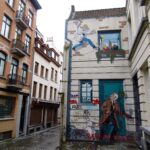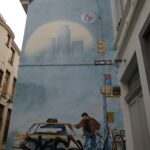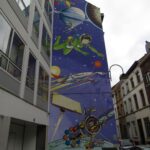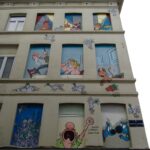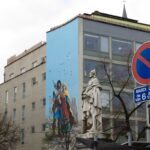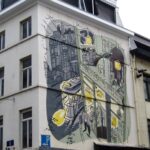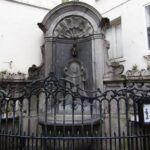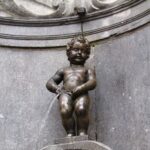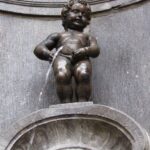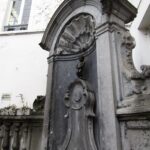Our last day in Prague started early—although not London early—as we caught a bus for Vienna. The four-hour bus ride to the Austrian capital was much less eventful than our last bus from Amsterdam to Prague as we had our own seats and Czech language versions of 70s AM radio hits played over the bus speakers.
Our apartment was just over the Danube River from Vienna’s historic city center. Established by the Celts in 500 BC, the city has seen the Romans, Hungarians, Ottomans and Germans control the area over the last two millennia. As a result, Vienna is a rich mix of culture and architecture and the Historic Centre of Vienna was added to UNESCO’s World Heritage list in 2001.
Just looking for a place to have lunch, we found ourselves in the courtyard of one of the city’s oldest churches. Built in 790, the small St. Rupert’s Church in the old Roman quarter of Vindobona was once the center of Vienna. It still hosts services for an active membership every weekend.
One of the best ways to get a quick overview of Vienna is a tour of the Ringstrasse. The Ring Road replaced the medieval city walls in the late 19th century and runs in a circle around the inner part of the city center. Many of Vienna’s most popular tourist sights are found here, including the State Opera house, the University of Vienna and the Hofburg Palace complex.
The Ring Tram makes the loop in about 30 minutes, but we decided to walk the circumference to get a feel for the city. It also allowed us to pop into one of Vienna’s many cafes for some of its famous cake and coffee! Hanging out in a cafe isn’t just a cool thing to do, it’s actually a UNESCO-listed intangible cultural heritage.
In the 19th century, homes were often overcrowded, so coffee houses offered an opportunity for some personal space. The coffee—always served on a tray with a glass of water—comes in a dozen preparations, but typical Viennese style is called Melange. It’s similar to a cappuccino, but made with a milder blend of coffee. The cakes are beautiful, plentiful and delicious.
The Votive Church, a 19th century neo-Gothic cathedral, is currently undergoing refurbishments. The advertisements of the companies supporting the remodel are plasted across the front, including a giant banner of a woman holding a box of juice that covers much of the facade. Fortunately we’ve already seen some great Gothic churches.
Vienna’s City Hall, the Rathaus, was hosting a Special Olympics ice skating event in its courtyard. The skating rink was epic, beginning with a large corral in the front with a lane leading to a winding maze on the left. Those who found their way through the maze arrived in the main rink near the front of the building. We watched the kids, decked out in neon yellow safety vests, whiz by.
After a short rest, we took the metro to the Margareten district for dinner. Rupp’s touts itself as an Irish pub, but unofficially it’s one of Vienna’s most popular vegetarian restaurants. The menu is full of meat-free versions of Viennese classics. We went with the goulash and wiener schnitzel and were not disappointed.







More Photo of the Day posts from our January-March 2016 trip to Europe

